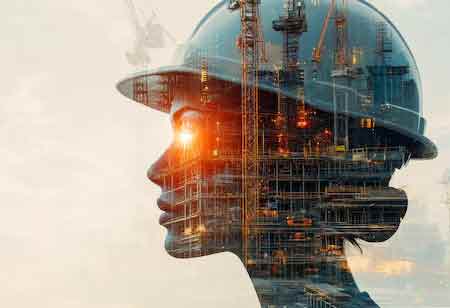Thank you for Subscribing to Construction Business Review Weekly Brief
Specials
- Apartment and Condominium Contractors Canada
- Decking Canada
- Architectural Glass Europe
- MEP APAC
- Construction Saudi Arabia
- German Apartment and Condominium Contractors
- Construction Law APAC
- Outdoor Construction
- Foundation Construction Canada
- MEP Canada
- Kitchen and Bath
- Cold Storage Construction APAC
- Precast Concrete Europe
- Construction Staffing Europe
- Pre-Construction Services
- Flooring System APAC
- Scaffolding Canada
- Swimming Pool Construction Canada
- Construction Management Canada
- Cold Storage Construction Canada
- Flooring Systems Europe
- Residential Construction
- Concrete Canada
- Construction Cladding Europe
- Construction Cladding APAC
- Concretes, Aggregates and Construction Materials APAC
- Concretes, Aggregates and Construction Materials Europe
- Commercial Contractors Europe
- Commercial Contractors APAC
- Dummy
- Construction Insulation, Coating and Waterproofing
- Construction Management APAC
- Landscaping Canada
- Construction Coating Europe
- Construction Tech Startups Europe
- Insulation Services Europe
- Mechanical Contractor Canada
- Mould Remediation and Testing Europe
- Swimming Pool Construction APAC
- Building Sealing Solutions Europe
- Construction Engineering Services
- Mechanical Electrical and Plumbing
- Roofing Systems Europe
- Architectural Glass APAC
- Startups APAC
- Construction Forensic and Owners Representative
- Flooring System
- Waterproofing APAC
- Wall Systems
- Safety and Compliance Europe
- Construction Bidding and Auctions
- Modular and Prefab Construction
- Architectural Glass
- Construction MENA
- Construction Demolition and Recycling Europe
- Modular Construction Europe
- Construction Interiors
- Steel Building APAC
- HVAC
- Doors and windows
- Construction Latam
- Building Information Modeling APAC
- Sustainable Construction APAC
- Building Restoration and Maintenance
- Commercial Contractors
- Specialty Construction
- Construction Engineering Canada
- Construction Engineering MENA
- Modular Construction Canada
- Modular Construction APAC
- Roofing and Siding Systems
- Workforce Management and Staffing
- Roofing Systems APAC
- Construction Consulting
- Steel Building Europe
- Construction Demolition and Recycling APAC
- Safety and Compliance APAC
- Concretes, Aggregates and Construction Materials
- Construction Cladding
Smart Structures: Integrating Technology and Sustainability in Engineering
The cutting-edge technology employs AI to generate numerous design alternatives based on defined goals and constraints.

By
Construction Business Review | Monday, October 27, 2025
Stay ahead of the industry with exclusive feature stories on the top companies, expert insights and the latest news delivered straight to your inbox. Subscribe today.
Fremont, CA: Structural engineering has always been at the forefront of innovation, continually evolving to meet the demands of modern construction and urban development. Recent materials, technology, and design advancements are reshaping the field and enhancing safety, sustainability, and efficiency. The most significant advancement in structural engineering is the development of new materials that offer improved performance and sustainability. Innovations like high-performance concrete, fiber-reinforced polymers (FRP), and self-healing concrete are gaining traction.
The material is designed for superior strength, durability, and resistance to environmental factors. It allows for longer spans and thinner structures, reducing the overall amount of material needed. FRP offers high strength-to-weight ratios and corrosion resistance, making it an excellent choice for retrofitting and constructing new structures. Due to its flexibility and durability, it is particularly beneficial in seismic-prone areas. The innovative material contains healing agents that activate upon cracking, allowing the concrete to repair itself autonomously. The innovation can significantly extend the lifespan of structures and reduce maintenance costs.
Building information modeling (BIM) has revolutionized how structural engineers design and manage projects. BIM allows for the creation of digital representations of physical structures, enabling better visualization, coordination, and communication among all stakeholders. BIM enhances collaboration by integrating architectural, structural, and MEP (mechanical, electrical, and plumbing) designs into a single model. BIM enables data-driven decision-making and supports sustainable design practices by allowing engineers to analyze a building's performance throughout its lifecycle.





